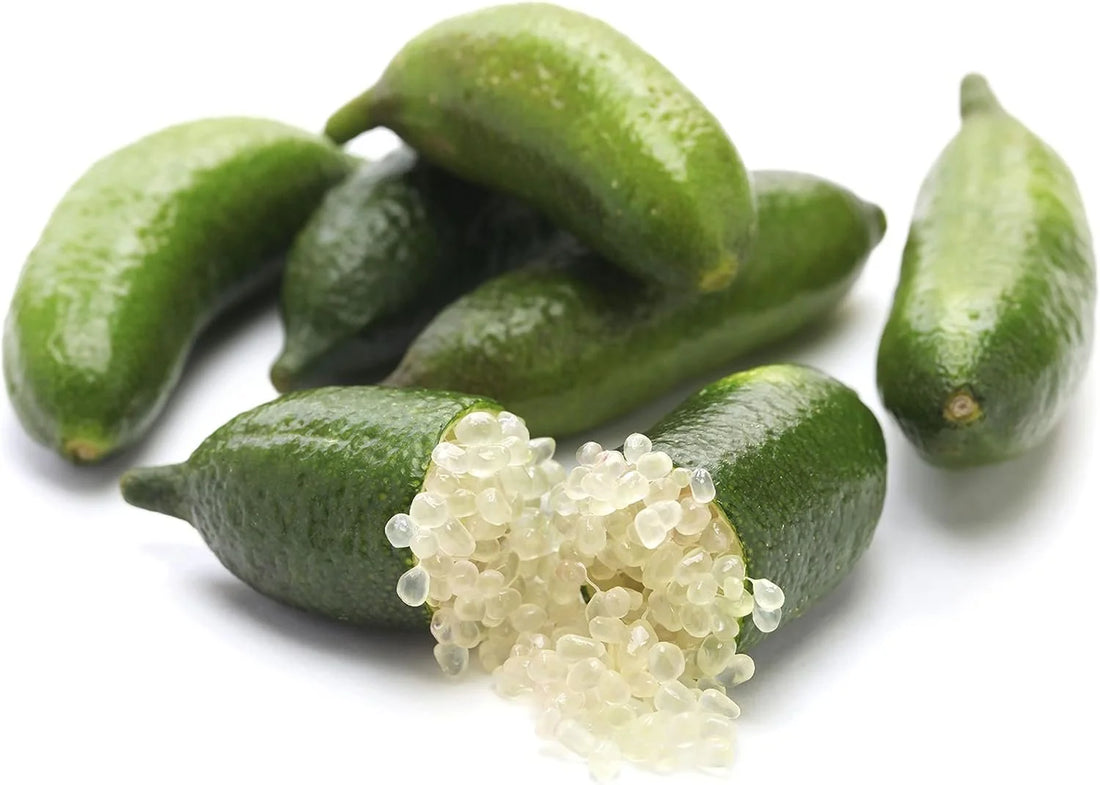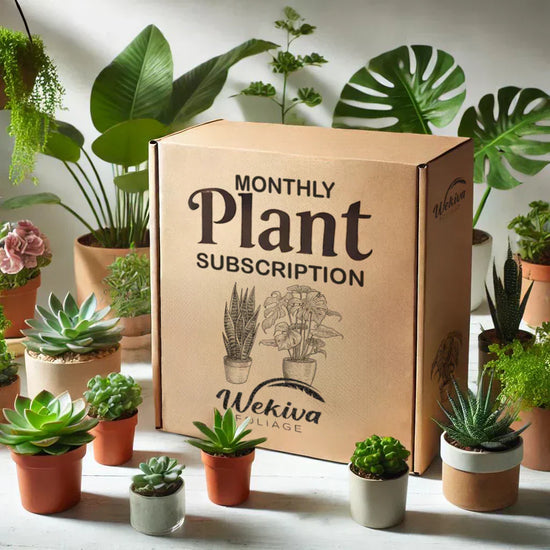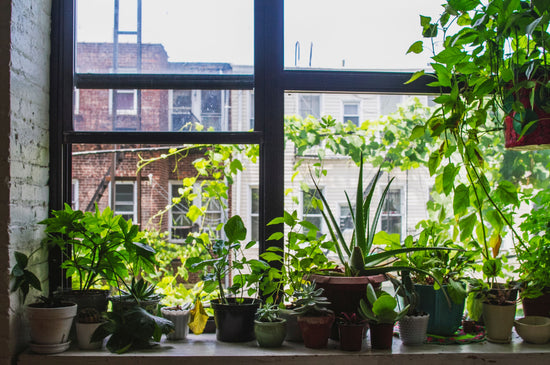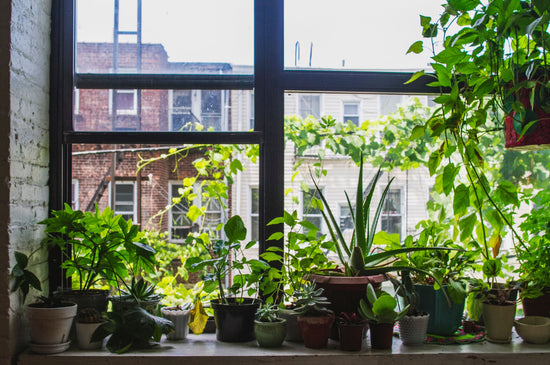Avoid These Common Mistakes When Growing Citrus in Florida
Florida is renowned for its citrus production, and it's no wonder that many homeowners want to try their hand at growing their own fruit trees. Whether you're planting a Meyer Lemon Tree or exploring unique varieties like the Rangpur Lime Tree, the process can be both rewarding and challenging. However, many aspiring citrus growers fall victim to common mistakes that can hinder their success. Let’s explore these pitfalls and how to avoid them for a thriving citrus grove.
1. Choosing the Wrong Variety
One of the most critical steps is selecting a variety that suits Florida's climate and your specific needs. Not all citrus trees are created equal; some, like the Meyer Lemon Tree, thrive in Florida’s subtropical environment, while others may struggle.
- Variegated Pink Eureka Lemon Tree: A visually striking option that performs well in Florida's soil. Learn more.
- Calamondin Orange Tree: Perfect for ornamental and culinary purposes, this tree is ideal for smaller spaces. Discover the Calamondin Orange Tree.
2. Planting in Poorly Drained Soil
Citrus trees require well-drained soil to thrive. Standing water can lead to root rot and stunted growth. Florida's sandy soil is typically ideal, but in some areas, additional amendments like compost may be needed to improve drainage.
Pro Tip: Elevate your planting area slightly or consider container planting with trees like the Meyer Lemon Tree for better control. Shop Meyer Lemon Trees.
3. Ignoring Proper Sunlight Requirements
Citrus trees love sunlight. Ensure your tree gets at least six hours of direct sunlight daily. Shading or planting in areas with insufficient light will lead to poor fruit production.
- Cocktail Tree (Lemon and Lime): An excellent choice for sunny spots, this tree produces both lemons and limes. Explore the Cocktail Tree.
4. Overwatering
One of the most common mistakes is overwatering. Citrus trees are drought-tolerant and require deep, infrequent watering rather than daily saturation. Overwatering can cause yellow leaves and nutrient deficiencies.
Solution: Allow the soil to dry out slightly between waterings. For potted trees, such as the Australian Finger Lime Tree, ensure the container has adequate drainage. Learn more about Australian Finger Lime Trees.
5. Neglecting Pest and Disease Control
Florida's humid climate can invite pests like aphids, citrus leaf miners, and diseases like citrus greening. Left unchecked, these can decimate your citrus crop.
- Use organic insecticides like neem oil to manage pests.
- Regularly inspect your trees for signs of disease and treat issues promptly.
6. Forgetting to Fertilize
Citrus trees are heavy feeders and require regular fertilization with a balanced citrus-specific formula. Neglecting this can lead to weak growth and a lack of fruit production.
Pro Tip: Fertilize trees three times per year—in spring, summer, and early fall. Ensure you use a product rich in nitrogen, phosphorous, and potassium.
7. Poor Pruning Practices
Over-pruning or ignoring your tree's pruning needs can lead to weak branches and poor fruit production. Remove dead or diseased wood and thin out crowded areas to improve air circulation.
8. Planting Too Close to Structures or Other Trees
Citrus trees need room to grow. Planting them too close to buildings, fences, or other trees can restrict their development and make them more prone to pests and diseases.
- Persian Lime Tree: This compact tree is great for smaller spaces and thrives with proper spacing. Discover Persian Lime Trees.
Conclusion
Growing citrus in Florida is a fulfilling endeavor when done correctly. By avoiding these common mistakes and selecting high-quality trees from Wekiva Foliage, you can enjoy a lush and productive citrus grove. Start with popular choices like the Meyer Lemon Tree or the Variegated Pink Eureka Lemon Tree, and you’ll soon be harvesting delicious fruits straight from your backyard.
FAQ
Q: How often should I water my citrus trees?
A: Water young trees weekly and mature trees during dry periods. Always allow the soil to dry slightly between waterings.
Q: What is the best fertilizer for citrus trees?
A: Use a balanced citrus fertilizer with nitrogen, phosphorous, and potassium. Apply three times a year.
Q: Can citrus trees grow in containers?
A: Yes, compact varieties like the Meyer Lemon Tree are excellent for container gardening.
Q: How can I protect my citrus trees from frost?
A: Cover the trees with frost cloths or move potted trees indoors during cold weather.
Q: When should I prune my citrus trees?
A: Prune in late winter or early spring before new growth begins.
By following these tips and sourcing your citrus trees from trusted suppliers, your Florida garden will become a thriving oasis of citrus delights.





